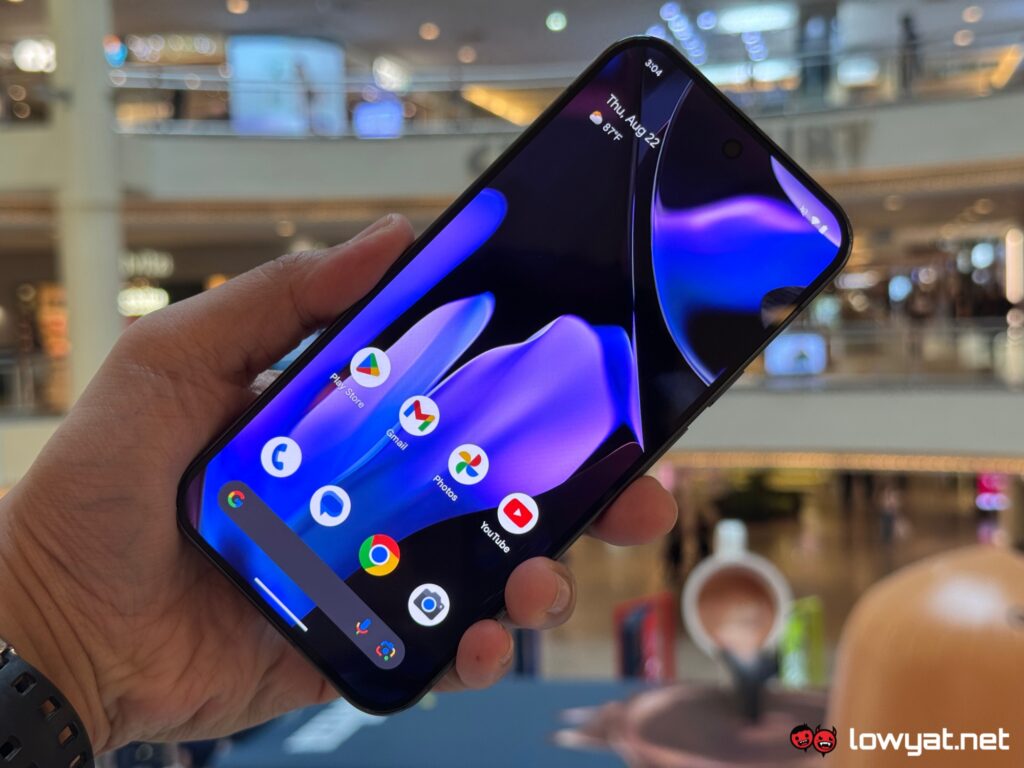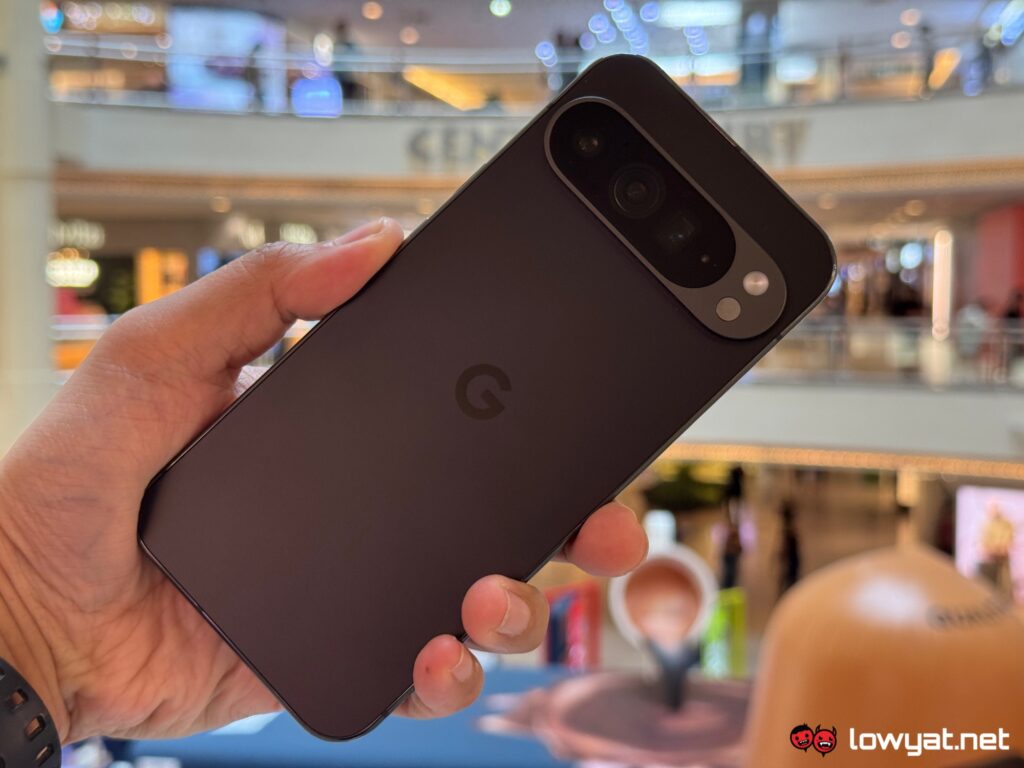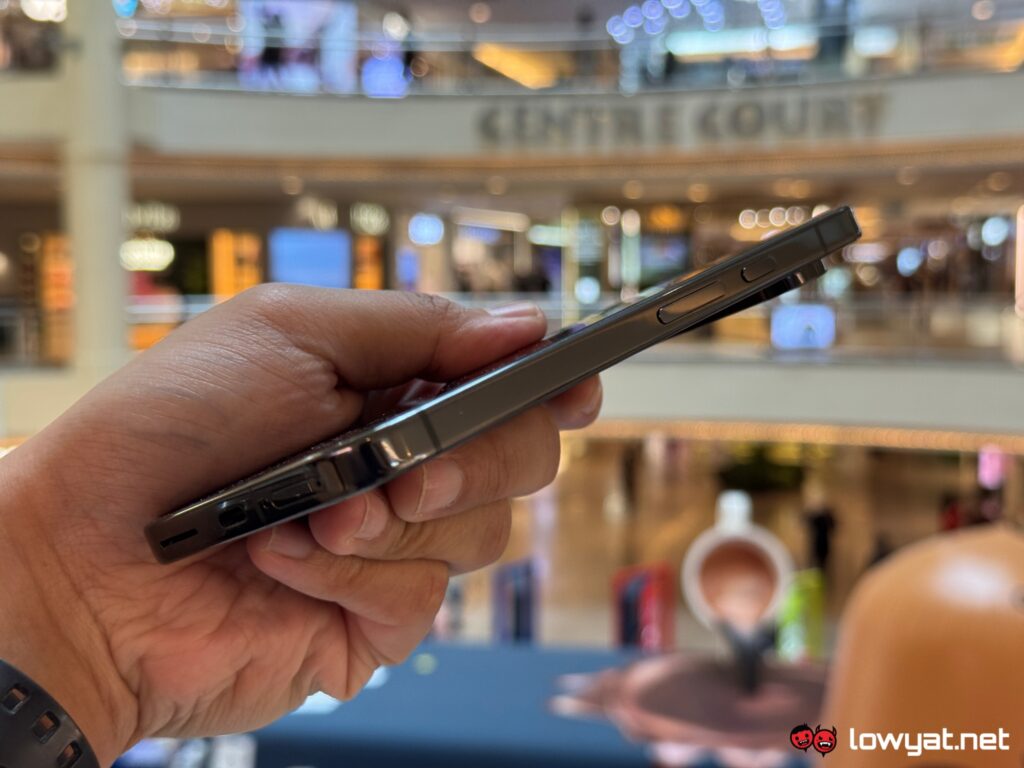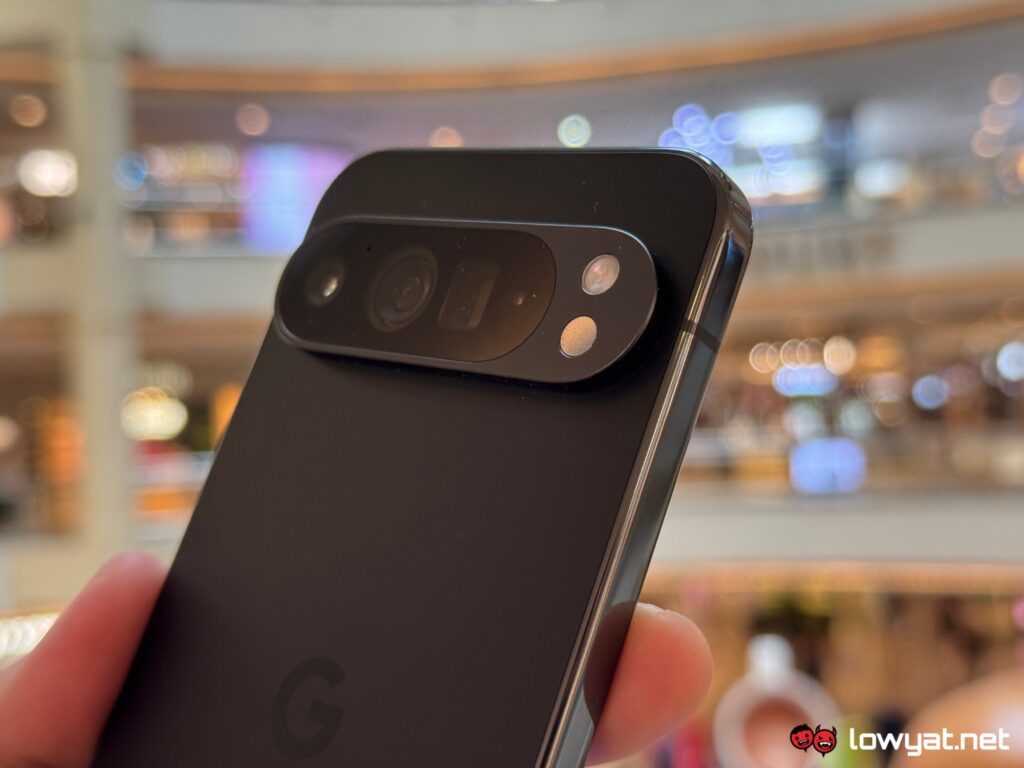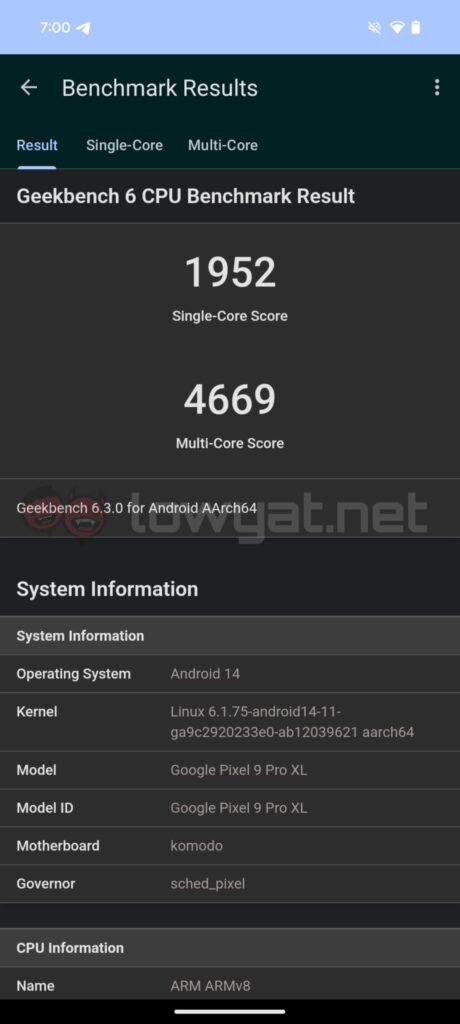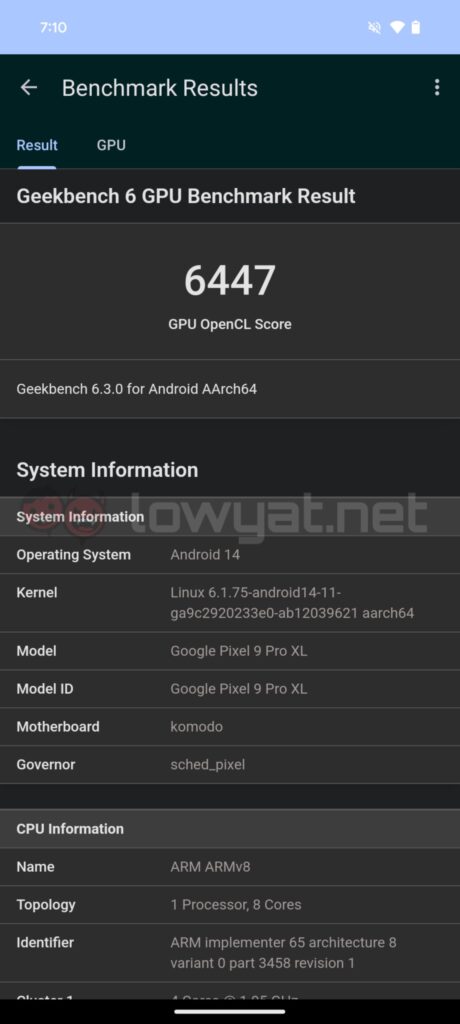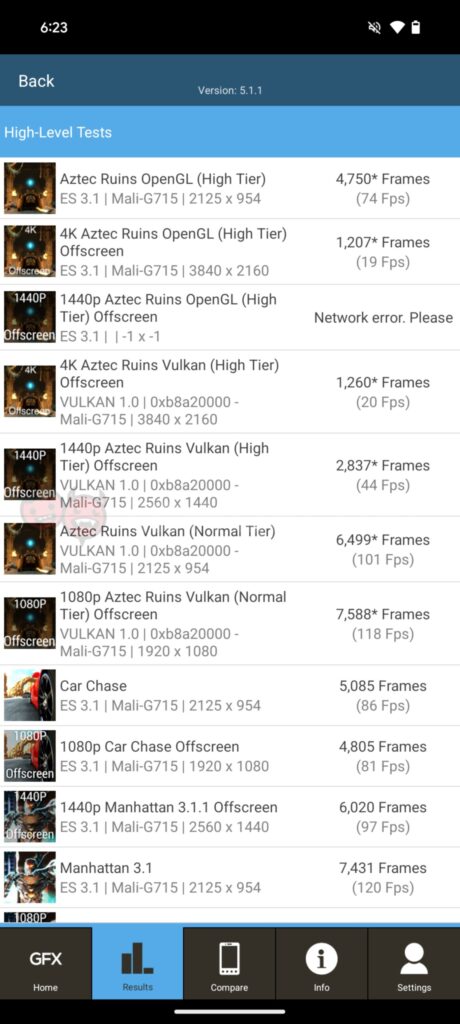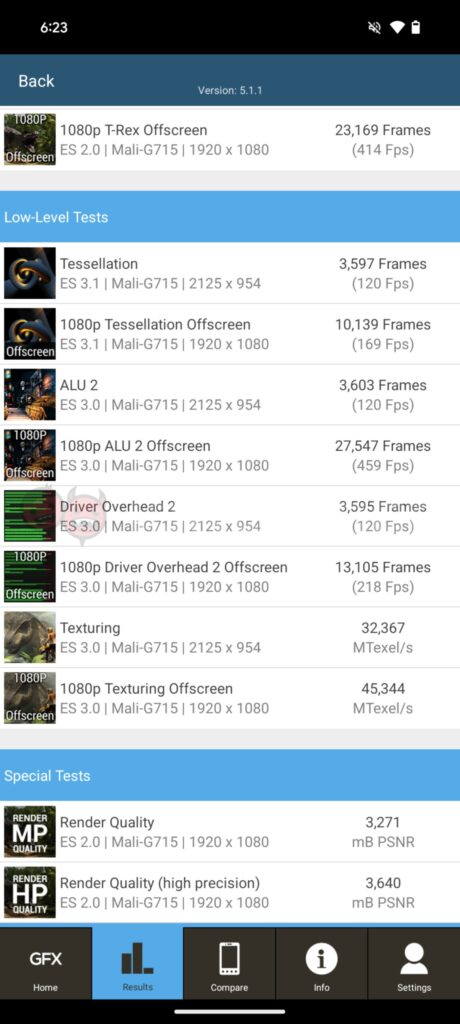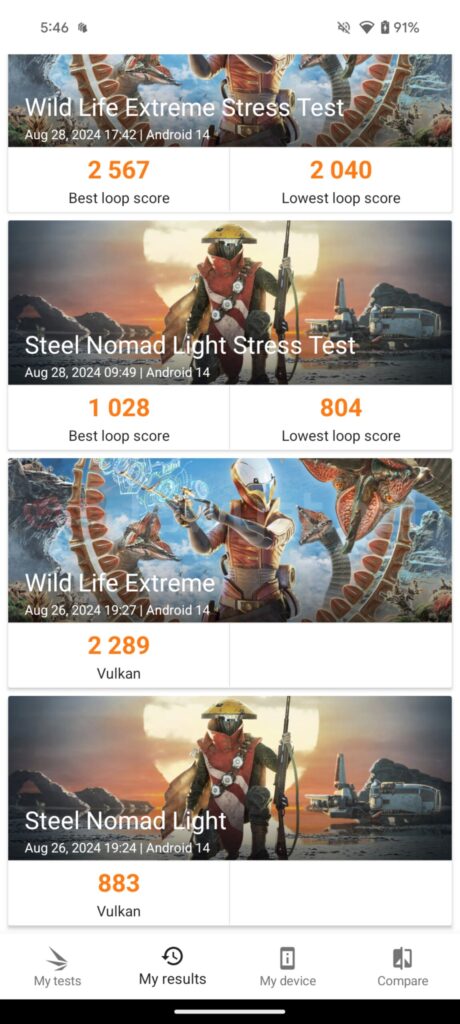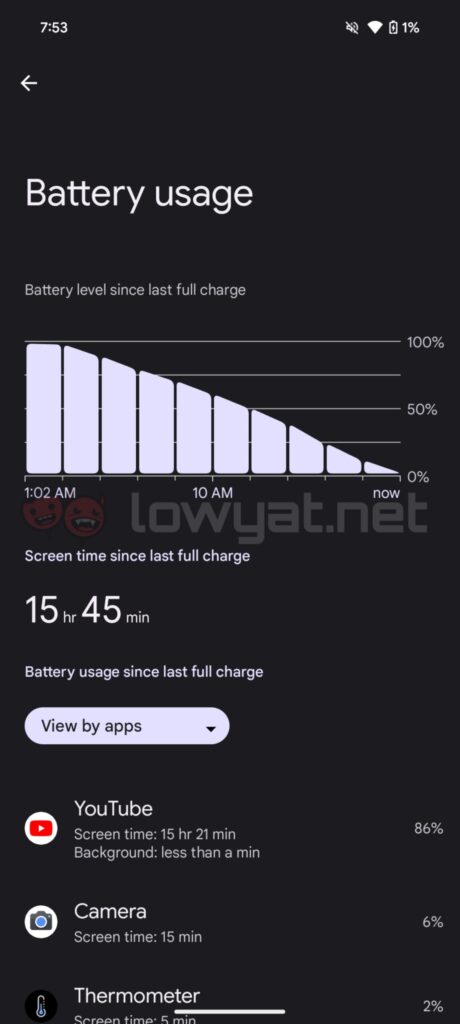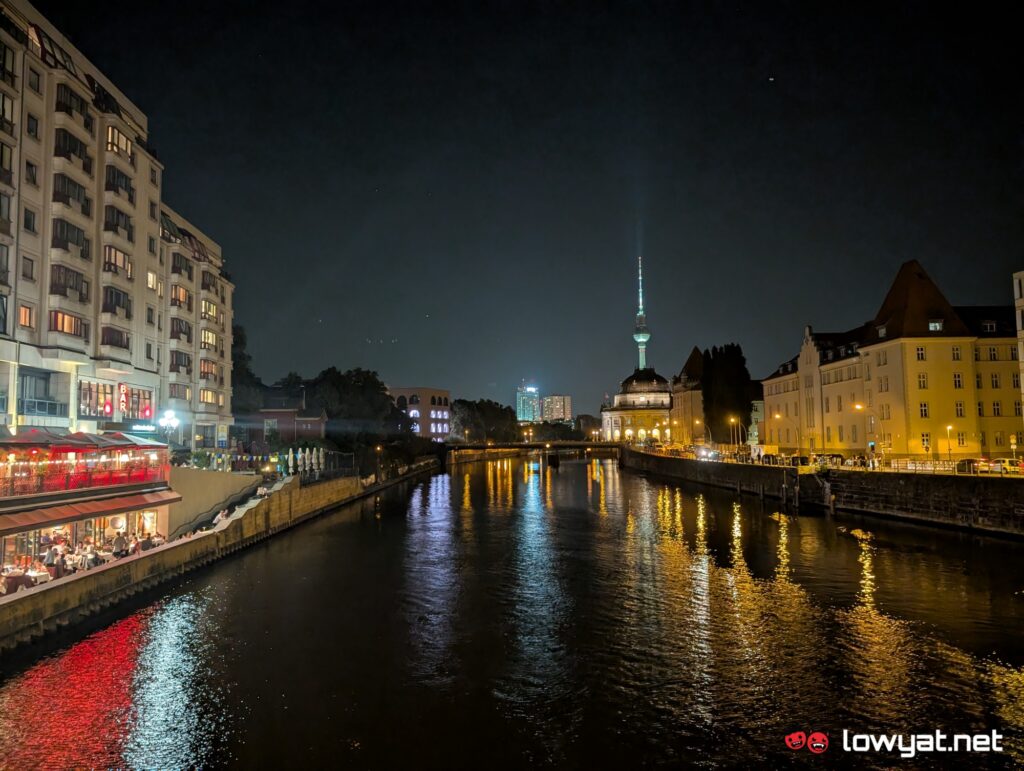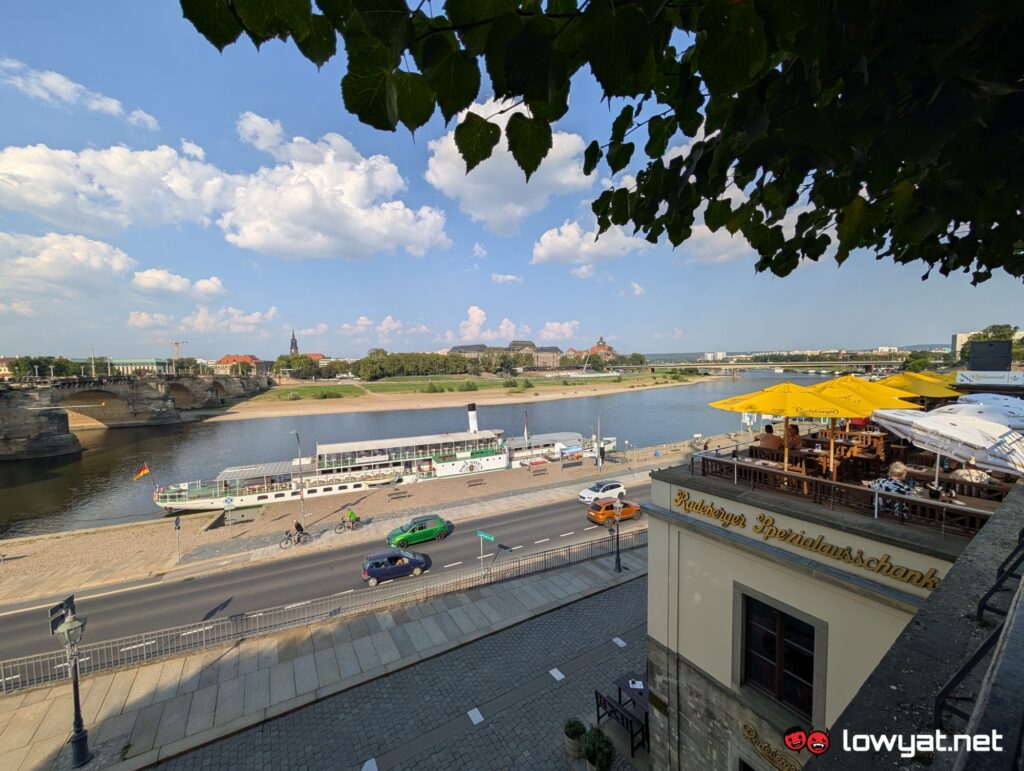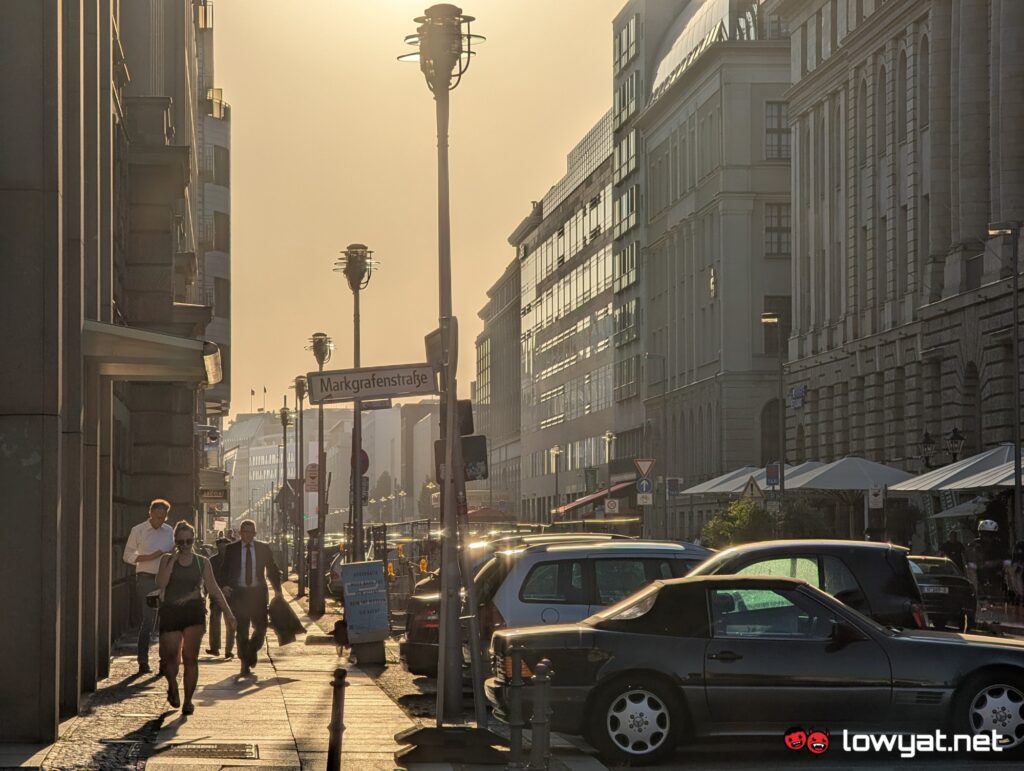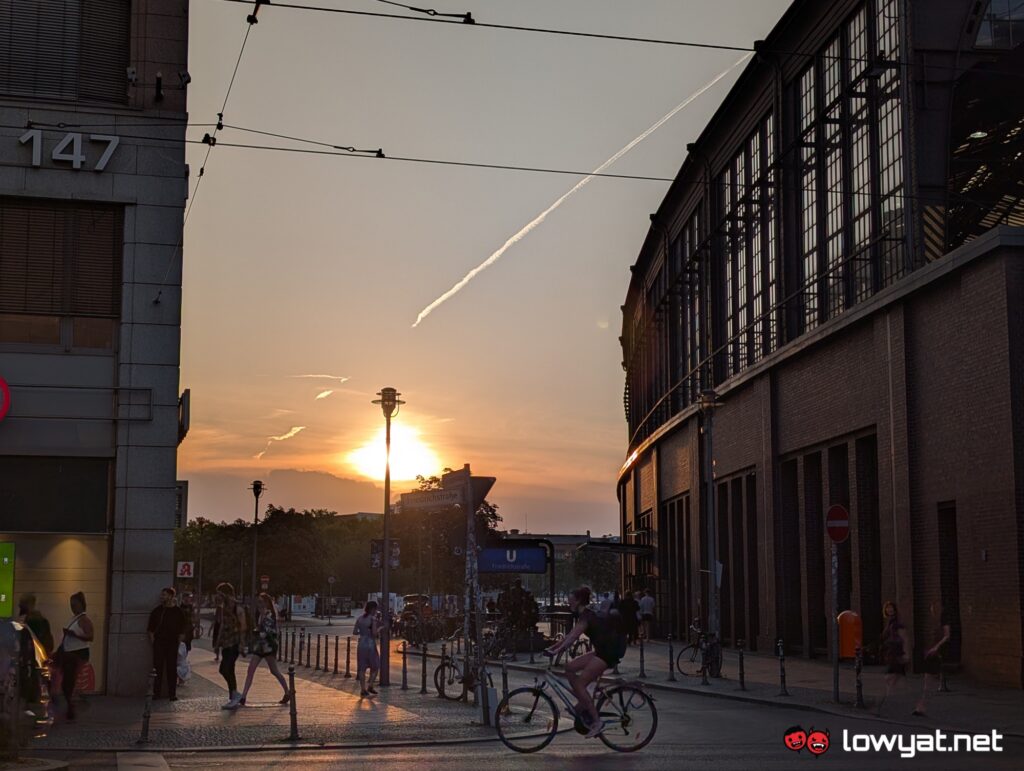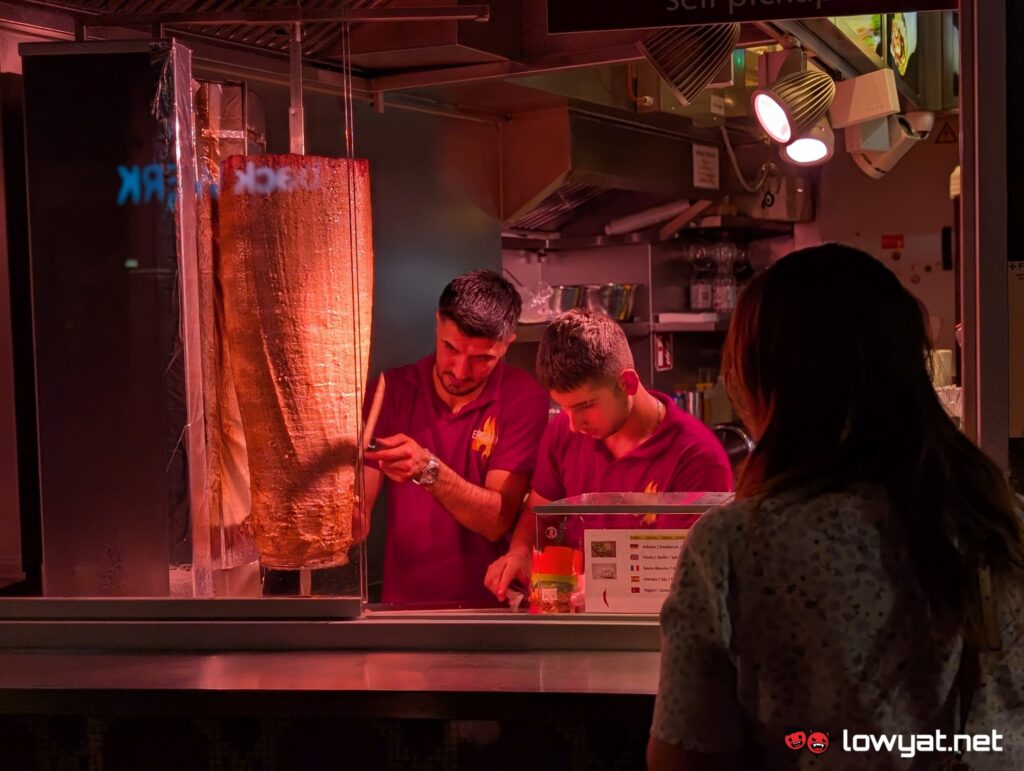I’ve spent a lot of time with Google’s top-end smartphone model, the Pixel 9 Pro XL. For the past month, I’ve tested all it has to offer, which includes its performance, battery life, features, and cameras. The latter is what I like the most from the device.
While it does appear like I started this piece off on a positive note, there’s actually plenty more to discuss, including the not-so-good aspects. So, after several years of eluding our market, are the Pixel smartphones really the worthy flagship devices that they’re hyped up to be?
Specifications
![]()
Looks
The Pixel 9 Pro XL, as well as the other models under the series in general, have a recognisable look. Its sleek rear panel has a matte finish that’s available in Porcelain, Peony, Hazel and Obsidian colours, while a horizontal pill-shaped bump houses its triple camera setup, flash as well as temperature sensor. I personally like this design due to its distinctiveness, and probably because it amusingly looks like a Crewmate from the Among Us video game.
Being the largest member of the family, the Pixel 9 Pro XL is also the heaviest. Despite this, the phone is comfortable to hold thanks to its grippy flat surrounding frame, though its massive size can be a challenge when handling with just one hand. I also recommend getting a case for added protection, as well as to even out the prominently protruding camera island on its back.
Functionality
![]()
The XL’s 6.8-inch 1344 x 2992 pixel resolution OLED display is sharp and vivid, and is also smooth in both visual and practical terms. Needless to say, you’ll have a pleasant experience when viewing videos, gaming and so on, while its 3,000 nits peak brightness is sufficient for bright and sunny days. Meanwhile, the under-display ultrasonic fingerprint scanner has been accurate and snappy, thus saving me the trouble of creating multiple profiles.
As pointed out in my hands-on article, all Pixel 9 models run on stock Android 14. While it is the most basic version of the platform, its interface is still easy to navigate and offers plenty of eye-pleasing animations. Another plus point is the lack of bloatware, where installed on all variants of Google’s smartphone are essential first-party apps such as GMail, Photos, and so on.
![]()
Of course, also onboard are the various Pixel-specific software and features such as Pixel Studio, Thermometer, Gemini assistant, Circle-to-Search and many others. All of which are very handy and even fun to use, though some may lose their novelty once you’ve fiddled around with them enough.
In the audio department, the phone’s stereo speakers are actually pretty decent, and they don’t peak when you go max volume. While the delivery isn’t flat, just don’t expect studio-quality sound or rumbling bass. In the end, they are still smartphone speakers after all.
Performance
![]()
As a daily driver, the Pixel 9 Pro XL handles most things that you throw at it – be it multitasking, video editing and so on – like a champ. However, it should be noted that the Tensor G4 chip that’s equipped isn’t the most powerful piece of hardware in the market. Further driving the point home are its benchmarks scores, which shows the Pixel XL lagging behind most flagship smartphones. In other words, if you’re hoping for something that can go toe-to-toe with Snapdragon 8 Gen 3 devices in performance, this model – or other Pixel 9 variants, for that matter – isn’t it.
Despite this, I have to say that the phone performed relatively well when running Genshin Impact at the highest setting, with frame rates averaging at around the high 40s to 60s. One downside is that the game would occasionally stutter, usually when the camera is moved too fast or when you enter a new area. Credit where it’s due, loading times are fast, while heat generation while gaming is impressively low on the Pixel 9 Pro XL. And while we’re still at it, I should point out that the game looks great on the phone’s 6.8-inch display.
As for battery performance, the XL managed to last over 15 hours at average brightness and without battery saver activated when running our non-stop video loop test. This is typical for devices equipped with a 5,000mAh-ish power cell, which is a good thing. Using it as a daily driver, where I occasionally launch games and use its cameras, I managed to push the phone’s battery limit up to almost two days before it nagged me to charge.
![]()
Speaking of which, a full top-up takes about an hour and twenty minutes when using a compatible fast charger, though do note that the Pixel 9 Pro XL only supports up to 37W. The phone also supports wireless charging, but you won’t get much from a typical Qi charger as it only supports up to 12W. Frustratingly, the faster 23W wireless charging rate only applies when you use the first-party Pixel Stand accessory, which is not available in Malaysia just yet.
Camera
![]()
Like I said earlier, my favourite feature of the Pixel 9 Pro XL are its main cameras. All three shooters – the 50MP primary, 48MP telephoto, and 48MP ultra-wide – offer an excellent balance of sharpness, vibrancy and dynamic range, which result in excellent-looking photos right after pressing the shutter button. Well, most of the time.
The cameras perform exceptionally well in daylight, even in the brightest of conditions. Highlights and shadows are automatically reduced, allowing for finer details such as clouds, textures and colours to pop out. The level of sharpness won’t impress everyone, but I personally feel that the amount is just right without things looking artificial.
Low-light shots, while good, often provide mixed results. Much like photos that are shot in daytime, the Pixel 9 Pro XL keeps highlights and shadows balanced in order to preserve details in a photo, which could sometimes look unnaturally bright. A closer look will reveal the amount of noise reduction and quality compensation used by the camera software, evident by the muddiness of objects in a photo. White balance is also inconsistent, where some scenes could exhibit different hues.
Images shot with the Pixel 9 Pro XL’s telephoto are impressive, even when done digitally. Hands down, the quality you’ll get from the 2x and 5x optical zoom capabilities will be top notch, comparable to photos shot with its primary and ultra-wide lenses. Images taken through digital zoom look pretty decent under ideal lighting conditions, but this is where you’d notice some AI enhancements and quality compensation come into play. Zooming anymore than 10x to 15x, however, will yield less than stellar results, especially in low-light.
Then there’s the other camera modes such as Portrait, Action Pan, and Add Me. Unfortunately, Portrait mode on the Pixel 9 Pro XL is disappointing, in my opinion. Its depth of field application is inconsistent, while the bokeh effect obviously looks processed rather than emulated. Meanwhile, Action Pan mode does exactly what its name implies, by providing motion shots where the tracked subject remains sharp and focused – all done automatically without needing to tweak any settings. It’s a fun feature that’s great for snapping photos of moving vehicles or even animals, though don’t expect it to perform at its best in less than ideal lighting conditions.
Last but not least is the Add Me, which is a perfect way to self-insert yourself into a group photo when you’re the one behind the camera. The short explanation of how it works is: first, snap a photo of your friends, and then hand the phone over to one of them to snap another shot with you in it. For the second step, the camera app will add an overlay of the first photo on screen, which will help your buddy to gauge their shot while adding you in. Once the follow-up image is taken, the phone will then use its AI sorcery to merge both photos into one. The results, as you can see in the samples shown above, are actually pretty good.
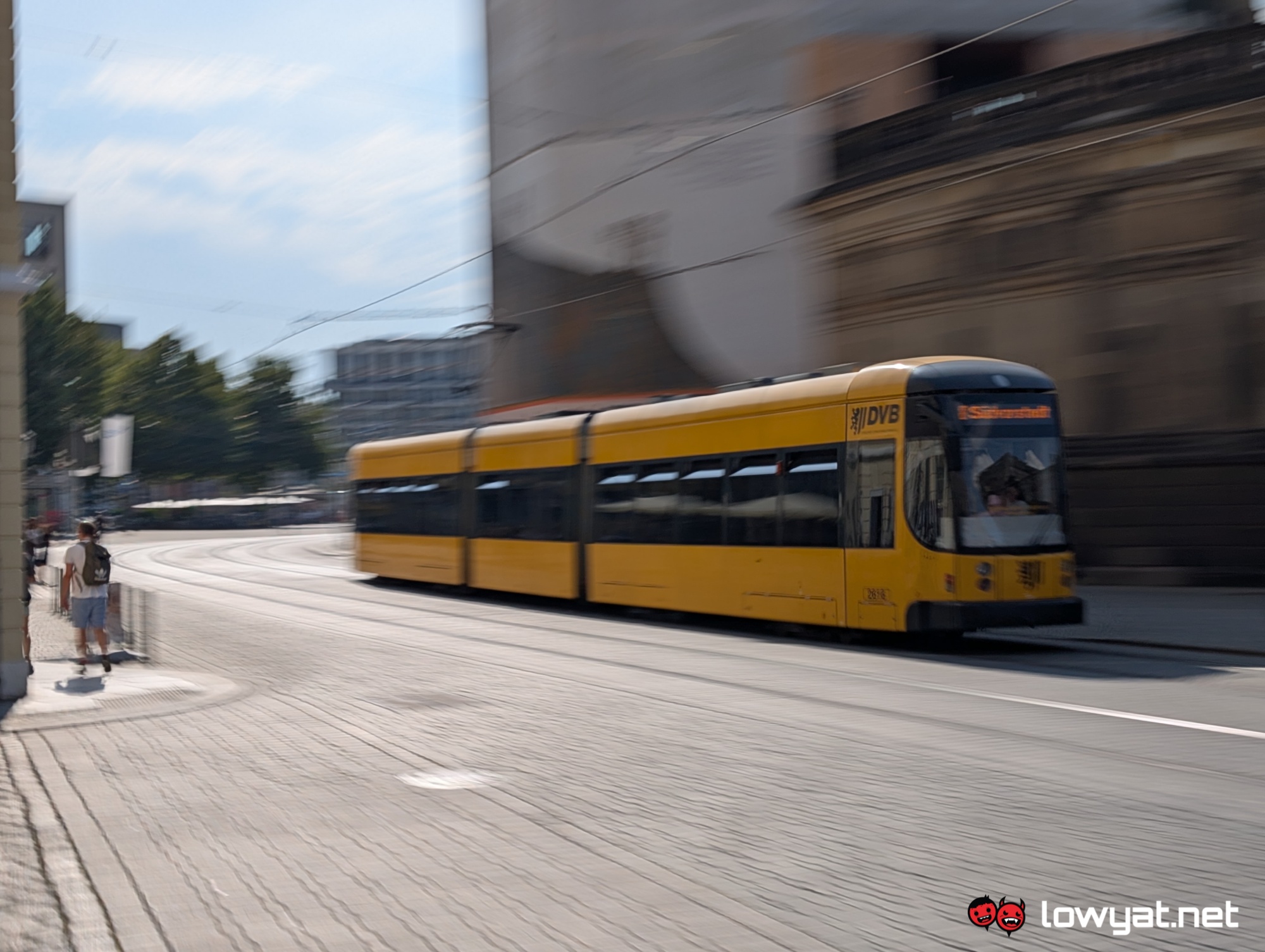
Of course, there are other AI tools available for your disposal, though these are mostly for post processing. The good news is that all of which are offered via the pre-installed Google Photos app, including magic eraser, unblur, HDR enhancements and more.
As for videos, the Pixel 9 Pro XL allows for up to 8K resolution recordings, but only at up to 30fps. You can utilise all three of the available lenses, which provides above average results. Videos shot with the phone exhibit high contrast, while colours will appear more on the warmer side. But credit to where it’s due, the image stabilisation offered by the XL is excellent, and almost gimbal-like.
Sample Images
Competition
Samsung Galaxy S24 Ultra
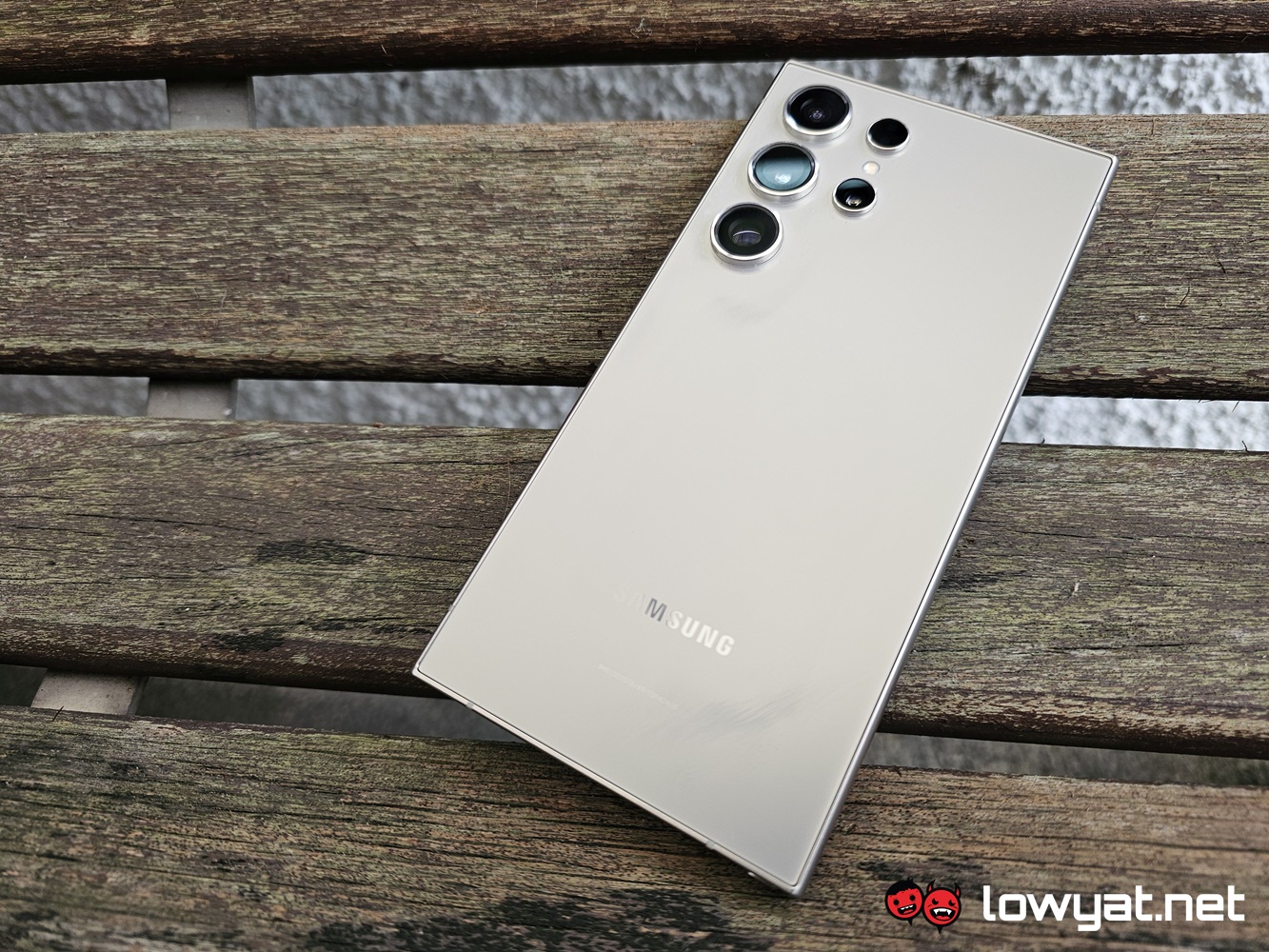
The Samsung Galaxy S24 Ultra is the Pixel 9 Pro XL’s first major rival within its category. Both offer large displays, numerous AI features, and large battery capacities. However, the former comes with a faster Snapdragon 8 Gen 3 for Galaxy chipset, four main cameras including a larger 200MP primary camera, and an integrated S-Pen stylus accessory.
On the flip side, the XL is considerably more affordable, with Google offering a smaller 128GB storage option which allows the phone to start from RM5,699. The Galaxy S24 Ultra, on the other hand, starts off from RM6,299 for its lowest storage capacity of 256GB. It should also be noted that the top-end Pixel 9 variant offers a higher RAM capacity of 16GB, while Samsung’s champion only offers 12GB.
iPhone 16 Pro Max
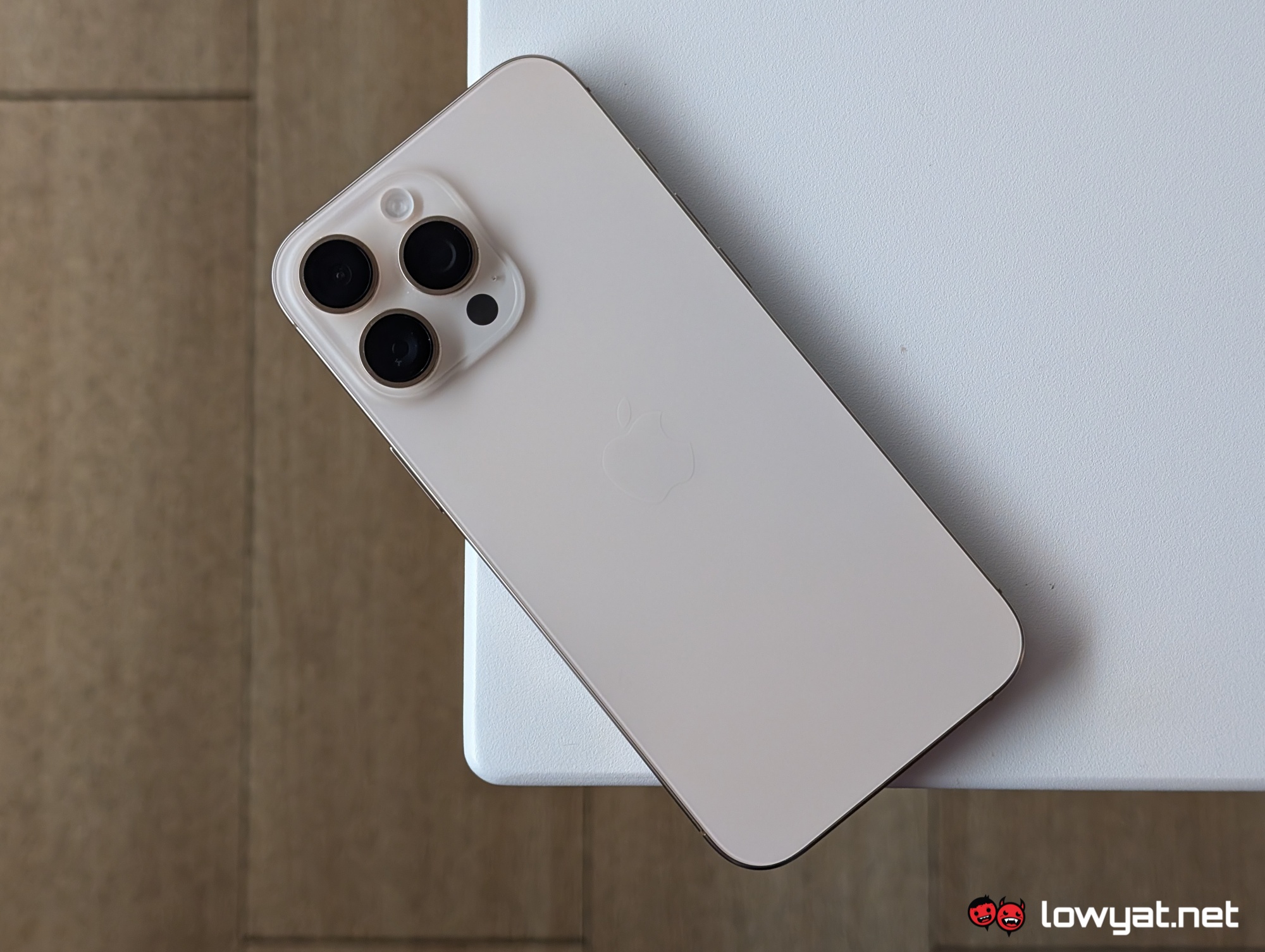
The second device on this list is, of course, none other than Apple’s current generation heavy hitter, the iPhone 16 Pro Max. What sets this model apart from the Pixel 9 Pro XL (other than the fact that its using the iOS ecosystem) is its slightly larger 6.9-inch screen estate, the more powerful A18 Pro chipset that’s powering it, as well as other iPhone 16 exclusive features such as the Action Button and the all new Camera Control.
In terms of pricing, the Pixel 9 Pro XL yet again has the advantage here, thanks to its lower starting price. Like the Galaxy S24 Ultra, the memory configurations available for iPhone 16 Pro Max starts at 256GB, which is priced at RM5,999. At the opposite end, however, both the XL and the high-end iPhone variant max out at RM7,999 for their respective 1TB trims.
Conclusion
![]()
The Google Pixel 9 Pro XL isn’t the most powerful of the bunch in terms of performance but honestly, this is something that can be shrugged off before you know it. Well, at least until Warframe arrives for Android. Nevertheless, with its remarkable cameras, various AI features and gimmicky functions like the Thermometer app, the XL makes out to be a very fun phone to use. In fact, it’s the most fun I’ve had with an Android smartphone for a long while.
Another highlight being its more affordable starting price, especially when compared to its rivals that are mentioned above. However, that also means that you’d have to settle with a very limited storage capacity of only 128GB, which isn’t ideal when you’re focused on creating content.
So, is the Pixel 9 Pro XL worth changing to? As usual, if you’re planning to upgrade from an older flagship or an entry/mid range device, then I would definitely nominate the phone as a worthy option for your consideration. Plus, Pixel smartphones are still relatively new and not widely used in Malaysia just yet, so that’s one factor to also consider.

